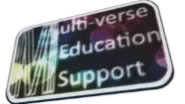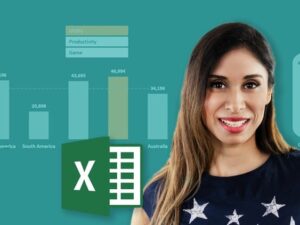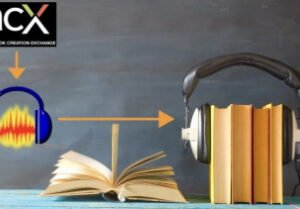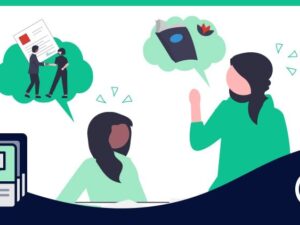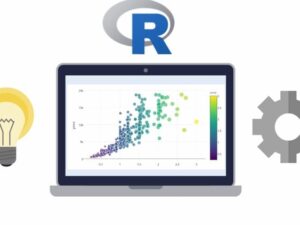R for Beginners
- Description
- Curriculum
- FAQ
- Reviews
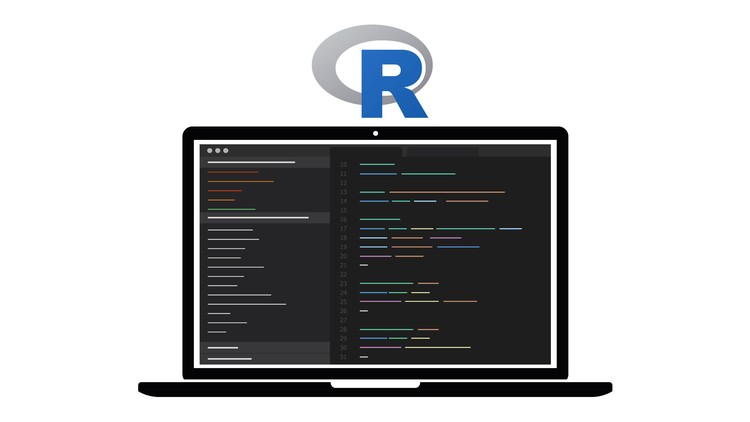
Are you one of the people that would like to start a data science career or are you just fond of using data for data analysis in your spare time or for your job? Do you use spreadsheets for data cleaning, wrangling, visualization, and data analysis? I think it is time to enhance your hobby or your career path with learning adequate skills such as R.
R is s a programming language that enables all essential steps when you are dealing with data like:
-
importing,
-
exporting,
-
cleaning,
-
merging,
-
transforming,
-
analyzing,
-
visualizing,
-
and extracting insights from the data.
Originally R began as a free software environment for statistical computing with graphics supported. Over the years with the rapid development of computing power and the need for tools used for mining and analyzing tons of data that are being generated on every step of our lives, R has emerged into something much greater than its original laid path. Nowadays the R community is vast, every day thousands of people start learning R, and every day new R’s libraries are being made and released to the world. These libraries solve different users’ needs because they provide different functions for dealing with all kinds of data.
If you are still not convinced to join me on a journey where foundations for your R skills will be laid, please bear with me a bit more. In this R for Beginners course, you will dive into essential aspects of the language that will help you escalate your learning curve. Course first gently touches the basics like:
-
how to install R and how to install R’s Integrated Development Environment (IDE) RStudio,
-
then you will learn how to create your first R script and R project folder,
-
R project folder will be your baseline folder where all your scripts and assignments will be saved,
-
you will learn how to install different R packages and how to use functions provided with each package.
After these first steps, you will dive into sections where all major R data structures are presented. You will be able to:
-
differentiate among each data structure,
-
use built-in functions to manipulate data structures,
-
reshape, access elements, and convert R objects,
-
import data from many different sources into R’s workspace and
-
export R objects to different data sources.
When you will have a grasp of what R is capable of, a section devoted to programming elements will guide you through essential steps for writing a programming code that can execute repetitive tasks. Here you will master:
-
your first loops,
-
conditional statements,
-
your custom made functions,
-
and you will be able to optimize your code using vectorization.
It is said that a picture can tell an observer a powerful story and holds a stronger message than a thousand words combined. In the final section of this course, the greatest R’s power is revealed, the power to tell the story by using data visualization. Here you will master how to build:
-
scatterplots,
-
line charts,
-
histograms,
-
box plots,
-
bar charts,
-
mosaic plots,
-
how to alter R’s default graphical parameters to make beautiful figures,
-
and how to export a figure from R to a proper format for further sharing with your colleagues.
If you are still not convinced to start learning R, I will share with you how the course is structured:
-
Each section holds separate exercises covering learning material that is related to the section’s topic.
-
Normally each exercise begins with a short intro that provides a basic understanding of the topic, then a coding exercise is presented.
-
During coding exercise, you will write the R code for executing given tasks.
-
At the end of each section, an assignment is presented.
-
Each assignment tests the skills you have learned during a given section.
-
In the last two assignments, you will write a code to build a simulation environment where you will execute the simulation and present the results with proper visualization techniques.
Do not lose more time and please enroll in the course today. I guarantee you will learn a lot and you will enjoy the learning process.
